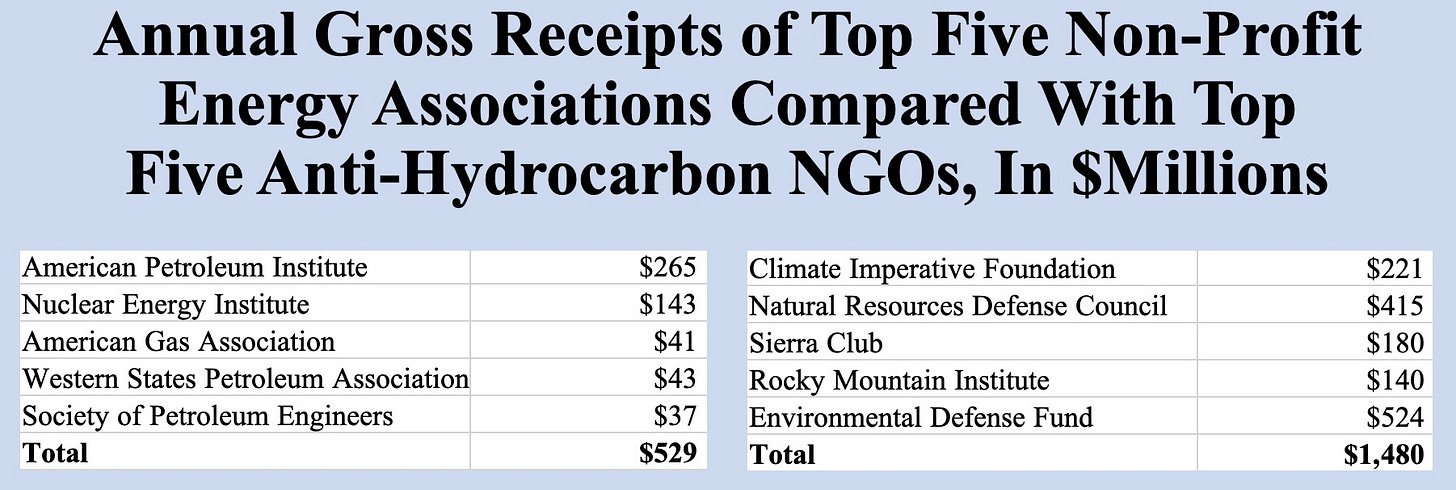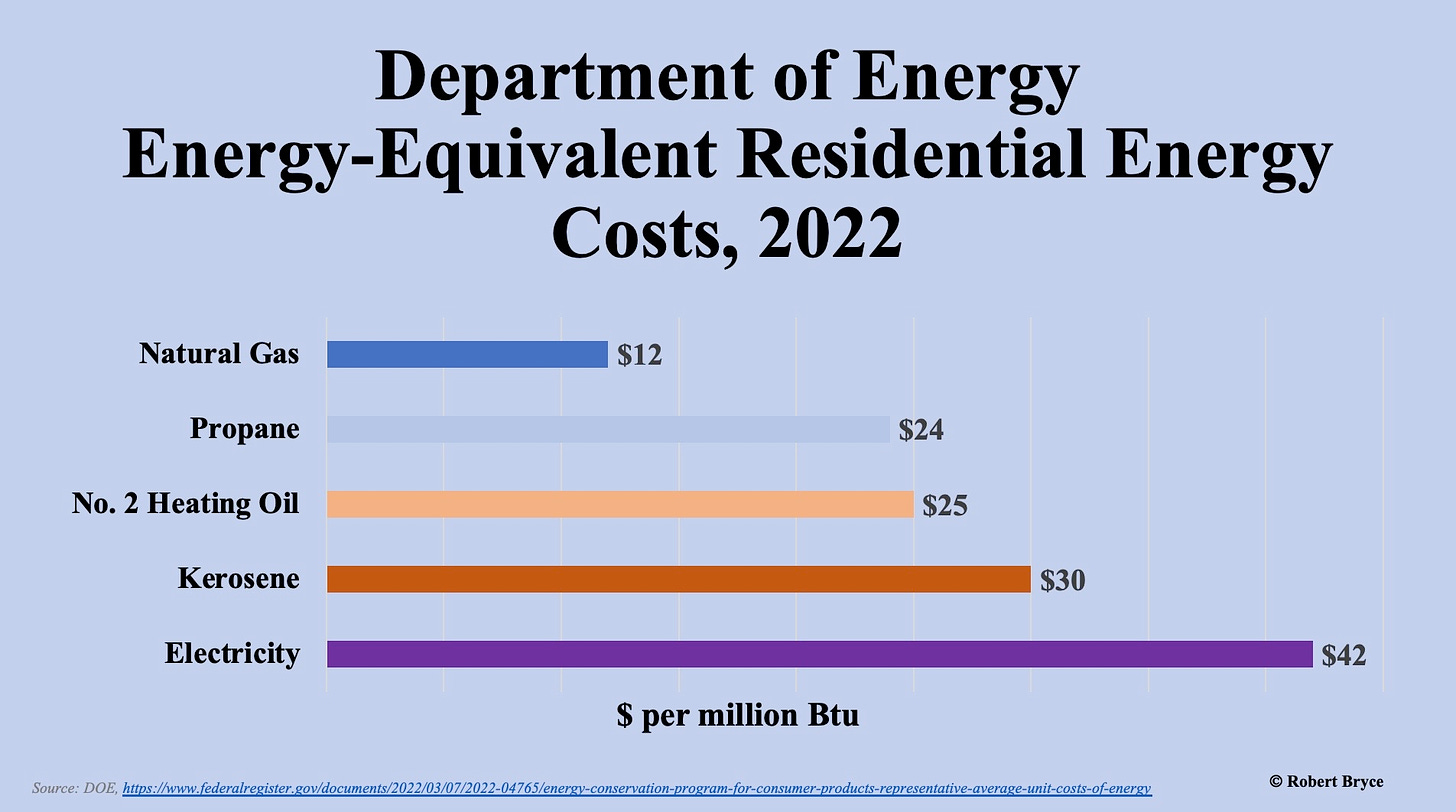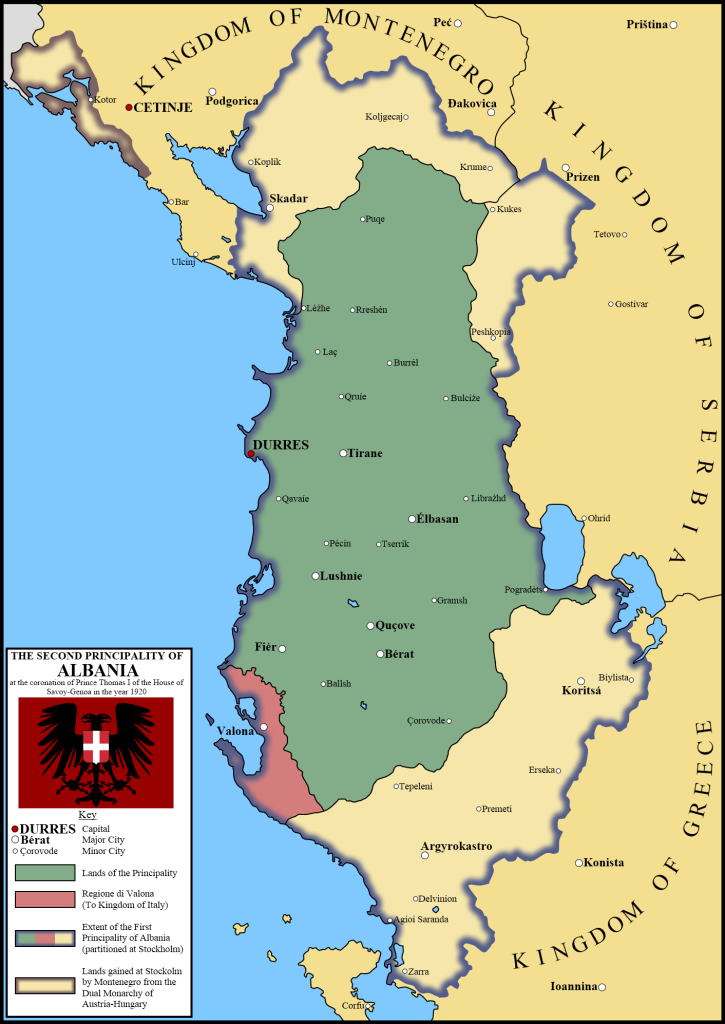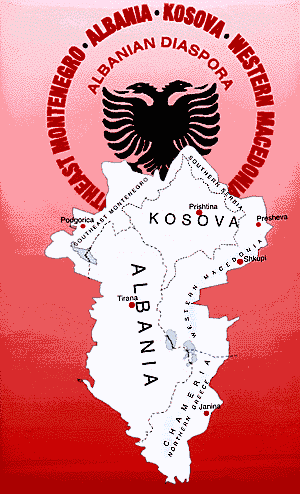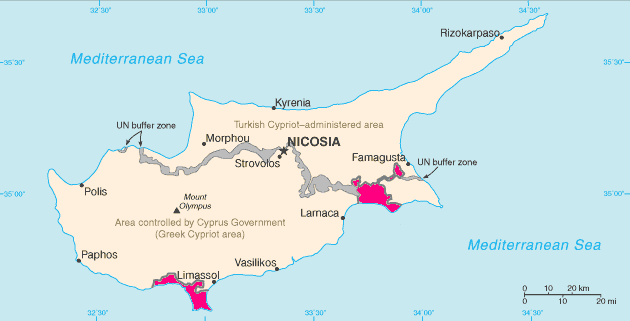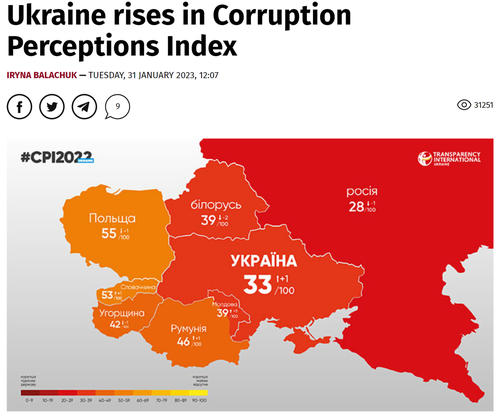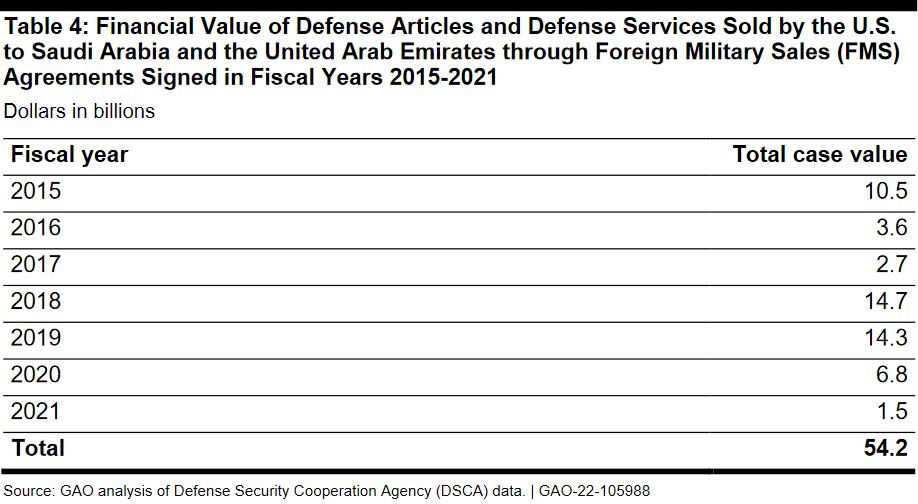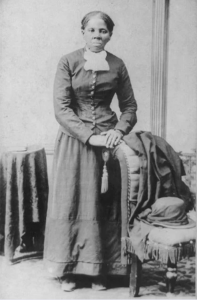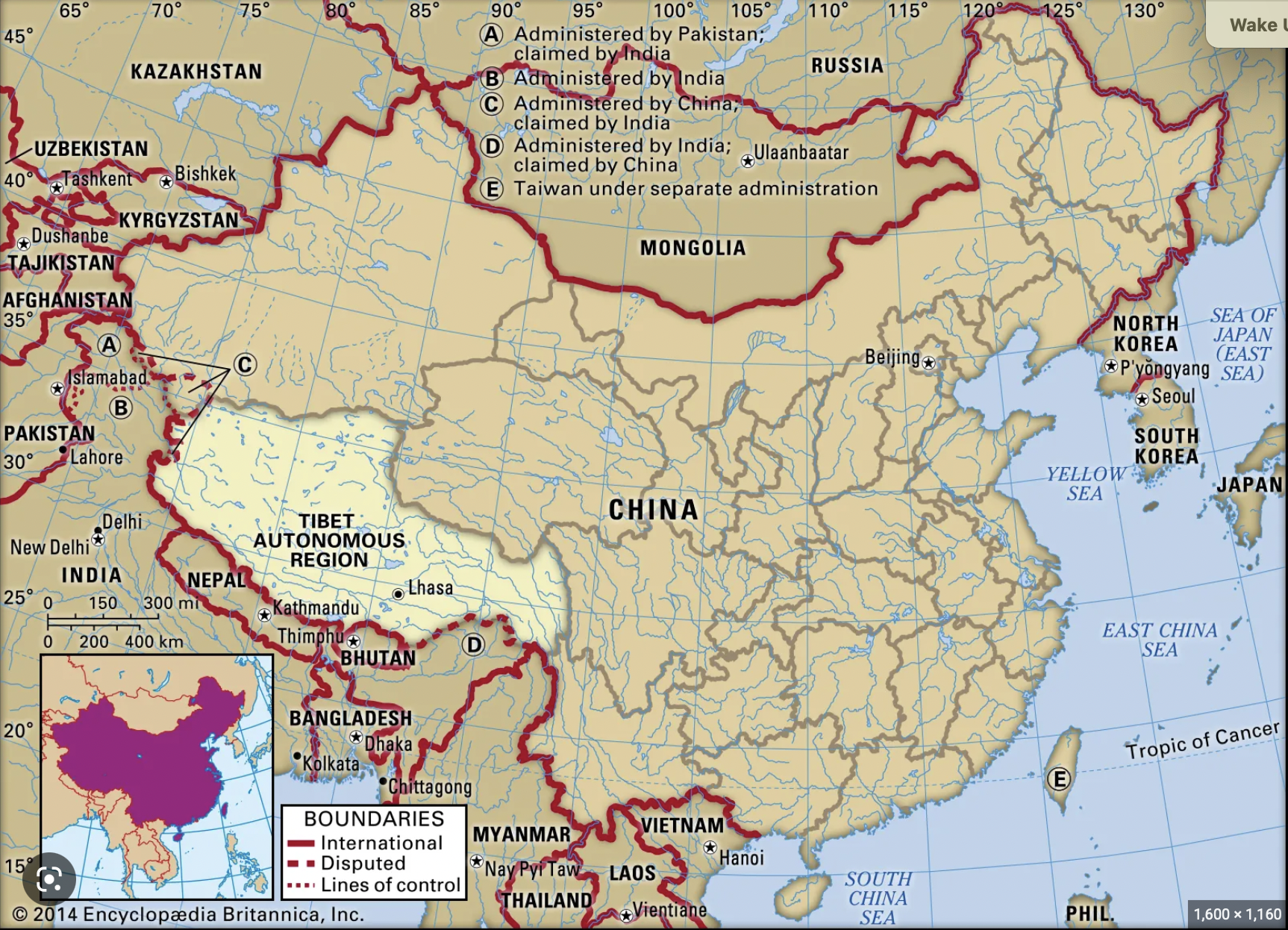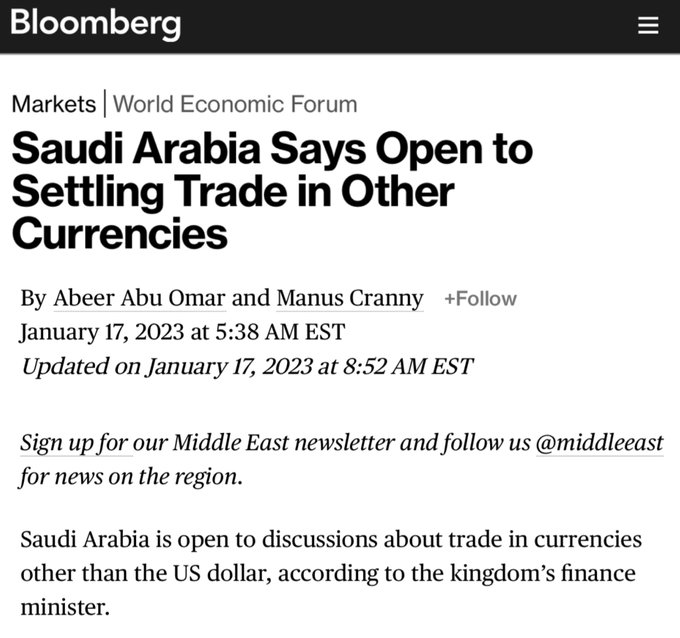All Global Research articles can be read in 51 languages by activating the Translate Website button below the author’s name.
To receive Global Research’s Daily Newsletter (selected articles), click here.
Follow us on Instagram and Twitter and subscribe to our Telegram Channel. Feel free to repost and share widely Global Research articles.
***
First published on January 26, 2023
Introduction
The Juche is certainly the most debated ideology but the least understood and it is even the target of hostile attack. It has been perceived in the Western media and the mainstream academics as an ideology poorly conceived and badly structured. Indeed it has been regarded even as an ideology designed to justify perpetual dictatorship of Kim’s family.
In short, Juche is presented as something negative and even harmful. But, Juche has been playing the vital role in sustaining the integrity of North Korea as sovereign country.
It is possible that its negative image is attributable to the lack of understanding of North Koreans’ mentality on the one hand and, on the other, the prejudice against the North Korean regime which is different from the regimes of the western world, especially the American regime.
But, there is another possible factor responsible for the projection of negative image of Juche. It is the trend that the media and the mainstream academics look at only segments of Juche. There is no doubt that to better understand Juche, it is necessary to examine the whole of Juche system. In other words, we need general theory of Juche.
To produce a general theory of Juche, we may need a book of several hundreds of pages or books. This paper does not offer general theory. What it proposes is to identify issues which should be dealt with in the general theory of Juche.
This paper identifies questions related the Juche issues and tries to provide answers to these questions, which should be explored more fully in the more elaborated version of the general theory. The following are the seven questions examined in this paper.
- What is Juche?
- Why Juche?
- What are the objectives of Juche?
- How does Juche socialism operate?
- How has Juche socialism evolved?
- How should we evaluate the performance of Juche socialism?
- What are the impacts of Juche socialism?
What is Juche (主體:주체)?
There are two ways of understanding Juche: the general concept of Juche and the North Korean concept of Juche.
To begin with, in Korea, as the Chinese character above indicates, Juche means chief decision maker of event such as “initiator,” “promoter,” “organiser,” and so on. For instance if I organize a seminar, I am the Juche of the seminar. The Juche of national policies is the national government. The Juche of the UN General Assembly is the UN.
In the general concept of Juche, the autonomy of the Juche is not considered; the Juche may accept the interference of outside force. For example, South Korea being vassal country of the U.S., its foreign policy is not autonomous; Washington may give directives of South Korea’s foreign policy.
On the other hand, in North Korea, Juche means something which has strong political connotation. Juche must be autonomous and independent. The Juche must think, plan and do things with little or no external interference. This does not means that the Juche ignores the external factors, which may have to be considered, but the final decision must be autonomous. It is of paramount importance to note that Juche does not mean intended isolation.
Applied to national policies, the North Korean Juche in politics is independence (ja-ju: 自主); Juche in economics is self-sufficiency (ja-jok:自足); Juche in national defence is auto-defence.(ja-wi:自衛). We will see below how these North Korean national Juche policies have been successful.

Tribute plaques to Juche from foreign delegates, contained in the interior entrance of the Juche Tower (Licensed under CC BY 2.0)
Why Juche?
The notion of Juche was conceived by Kim Il-sung, the founder of the North Korea (DPRK). In 1930, at the age of 18, Kim Il-sung made a speech in front of the communist organization of the Korean Youth.
The young patriot insisted on the need for the solution of Korean problems by Koreans themselves without the intervention of foreign powers. Thus, already in 1930, the future leader of North Korea had the idea of Juche.
“North Koreans are masters of North Korean people’s revolution. The North Korean revolution must be carried out by its own people and based on the country’s own situation. Experience proves that we must go to masses to materialize and organize them in order to lead revolution to success. We should not rely on others to solve all problems during the revolution. Instead, we should rely on ourselves and address all problems in accordance with our situation.” (Kim Il-sung Speech made in front of North Korean Youth Communist organizations, 1930)
The feeling of nationalism and the desire to solve Korean problems by Koreans themselves are shared by both South Koreans and North Koreans. In fact, the complaint and even the anger against foreign intervention in domestic affairs are common in the North and the South.
It is important to remember that during the 500-years ruling by Lee Dynasty (1392-1910), Korea (Chosun) was the humiliating vassal country of China because of the weakness of Juche of the Chosun government.
In 1910, Korea was annexed to Japan. It was the result of selling Korea to Japan free of charge by the traitor, Lee Wan Yong and his pro-Japan gang for their personal financial and political interests. The Juche of Korea was given to Japan.
During the 4-year American military government (1945-1948), there was no Korean Juche. The Juche of South Korean affairs was the American military government.
During 75 years (1948-2023), South Korean was an American vassal country and at the same time, a Japanese neo-colonial country. During this period, the Juche of South Korea was shared among the three countries South Korea, Japan and the U.S.
As for North Korea, the post-WWII era was the period in which Pyongyang fought hard to repatriate its Juche from South Korea, Russia and China.
What are the Objectives of Juche?
The objective of Juche is the creation of socialism with North Korean characteristics, namely, the Juche Socialism.
How does Juche Socialism Operate?
The construction of Juche socialism is based on the “Juche relationship” among the three composing groups of the regime, namely, the people, the nation and the leader.
In the Juche relations, the people are the most important element of the trilateral relations. Man is master of himself and he is free, but he freely identifies himself with the nation; he becomes the nation; the nation is man.
This way of looking at man and the nation is well expressed by Kim Jung-il, son of Kim Il-sung.
“Juche is based on philosophical principle that man is the master of everything and decides everything, the man is master of everything means that he is the master of the whole world and his destiny; that man decides everything means that he plays decisive role in transforming the world and shaping destiny.” Kim Jung-il, On Juche, 1982.
In this speech, we see that man is the master of himself and at the same time, he is the master of the nation. Therefore, the man and the nation are one. The happiness of man is the happiness of the nation; the happiness of the nation is the happiness of man. This way of thinking is, in fact, the most extreme way of looking at collectivism.
In a way, North Koreans find their salvation in his or her devotion to the wellbeing of the society, which is the wellbeing of the people.
In other words, the interests of individual are “melted” into or “infused” with those of the society.
We must recognize that this part of Juche socialism is almost a religious concept. This concept may be inspired from Christian doctrine where “man is in God and God is in man.”
To be sure, such way of thinking is difficult to grasp for westerners who are used to the idea of individual freedom and the value of individualism. But, the idea of unity of individual values and collective values has become a reality in North Korea. It has become a reality due to intensive education which became the national policy priority since Kim Jung-il took over, in 1972, the responsibility of education and propaganda.
The third component of the Juche socialism is the place of the leader. In fact, the success and the failure of the Juche socialism depends on how the leader leads the nation and how the people accept the leadership. Kim Il-sung and Kim Jung-il have something to say about the leader.
“The people must be melted into the leadership in a revolutionary way so that they can play the role required by their duty for the revolution and such role needs leadership.” (Kim Il-sung, Treaties, 1982)
“In our society, the leader, the political party and the people must be melted altogether in their destiny and they constitute a single political organization. Moreover, they are united and consolidated into blood relations owing to a singular and unified ideology.” (Kim Jung-il, On Juche, 1982)
“The way people awake themselves and organize themselves in a revolutionary way and the way they do their duties for socio-economic development depends only on the leadership of the Workers Party of Korea (WPK).” (Kim Jung-il, On Juche, 1982)
In these quotations, the key word is the people who are melted into the nation and the nation is melted into the leader. In other words, the people, the nation and the leader are the same; they are one. So we have perfect political trinity. This is something which is not easy to understand. But, this doctrine is what makes North Korea what it is.
North Koreans are taught to believe that their leader is clean; he is not corruptible; he never makes errors; he is benevolent; he is magnanimous.

Visitors of the Mansu Hill Grand Monument in Pyongyang bow to massive bronze statues of Kim Il-sung and Kim Jong-il. (Licensed under CC BY-SA 3.0)
But, the leader imposes a monolithic and unitary regime in such a way that no dissidence is tolerated.
It is true that Kim Il-sung is known for personality cult like Joseph Stalin and so many other authoritarian leaders.
But, I am asking myself if the North Korean regime could have survived decades-long sanctions and endless annual threatening U.S.-ROK joint military exercises. Under such situation, it is doubtful if North Korea could have maintained stability without the absolute authority of their national leaders.
Besides, North Koreans worship Kim Il-sung for other reasons apart from his exercise of personality cult; it is the genuine Confucian relation between the leader and the people.
It is true that Kim Il-sung enjoyed a quasi-religious status motivating North Koreans to obey him even worshiping him. It is possible that Kim Il-sung thought that he had status similar to that of the Japanese emperor. As a matter of fact, in Japan, the emperor-people relations are governed by Shinto which is in fact a religion. In North Korea, the leader-people relations are governed by Juche socialism which has religious dimension.
What is important is the reality in which the people of North Korea believe in the super-human capacity of Kim Il-sung in economics, politics science, business and international relations. At least, they are educated to so believe.
One thing interesting to know is the fact that Kim Il-sung spent four days a week in the farm land, in factories and constructions sites to learn better know the people, learn what the people want and integrate the people’s desire in national policies.
It is true that the world think that the North Korean regime is brutal, exploit people, violate human rights and force the people to live in fear and agony. In such situation, the people would have revolted. But, there has been no major revolt of the people all these years.
True, North Korea has had a very bad image, particularly for the alleged violation of human rights. This has been the chief source of North Korea demonization.
But, nobody provides the evidence of the human right violation except the witness by the defectors who are often made to lie for money. The sensational story of North Korean human right violation provided by two North Korea defectors, Shin Dong Hyuk and Park, yeonmi were fund to be a made up stories for money. (See the Book, North Korea 70-year War with American power, Chapter 19, Clarity Press, 2020 by A.B. Abrams)
For decades, the intelligence communities, diplomats, think tanks and even religious groups in the West used these made-up stories for the demonization of North Korea.
Besides, we should remember that there are three types of major human rights approved by the UN, namely, the civil and political rights defined by the International Convention on Civil and Political Rights (ICCPR) of 1966, the economic, social and cultural rights defined by the International Convention on Economic, Social and Cultural Human Right (ICESCR) of 1966 and several other rights including collective human rights (CR).
When we talk about human rights, we should say which human right in question. True, if the absence of popular political demonstration is due to government’s coercive policy, then, there is the violation of political human rights. But, if it is due to the people’s decision not to make political demonstration, there is no violation of the political human rights.
In North Korea, the people do not demonstrate against the government not because of the fear of government oppression but probably because of their respect and even their love for the national leaders.
Now, the economic, social and cultural human right is violated when the government fails to provide the daily necessities. On this round North Korea has been doing much better job than some highly developed countries.
Once again, the leader-population relations in North Korea are different, in nature from the leader-population relations in the West.. On this aspect, I may report on a peculiar incident happened long time ago in South Korea.
In 2002, there were Asian Games in the city of Pusan, South Korea. A group of North Korean cheer group girls came to Pusan. One rainy day, in the street of the city, the portrait of Kim Jung-il was wet in the rain.
On TV, the girls were seen crying in front of their leader’s wet portrait. The people thought that they were acting to display their devotion to their leader. But, it turned out that they were sincere.
This episode shows that there is something deep in the relations between the North Korean leader and the people. This reality can be explained by the following factors.
First of all, in the Kim regime, as it was seen above, the people, the government and the leader are the same. Hence, the joy and the pains of the leader are the joy and the pains of the people.
Secondly, North Koreans have been subject to rigorous and effective education so that they believe in the super-capability of their leaders on the one hand and, on the other, they thank their leaders for taking care of them.
Lastly, the constant threat by South Korea, Japan and the U.S. made North Korans to unite around the national leader.
In reality, the North Korean society is a huge family where the leader is the Confucian father looking after the people, while the people are the Confucian children obeying the leader through filial piety.
It is interesting to notice that some researchers see the North Korean society as a human body of which the leader is the brain, while the people are various body parts performing various functions needed for the normal living of the body.
How has the Juche socialism evolved?
The North Korean Juche socialism has evolved through the adaptation of Marxism-Leninism to local conditions of North Korea on the one hand and, on the other, through the purge of dissidents’ leaders.
Periods of the evolution of Juche socialism
The North Korean Juche socialism has evolved by different periods as shown below. And, the goal of the evolution of the Juche socialism was the adaptation of Marxism-Leninism to North Korean local conditions.
1948-1954: This was period of the complete application of Marxism-Leninism in North Korea. This was the period when Joseph Stalin was alive dictating the North Korean regime. In 1948, the Russian military government left North Korea leaving Kim Il-sung to run the civil government. In 1953, Joseph Saline died to be succeeded by Nikita Khrushchev in 1954.
1954-1964: This period was the beginning of the “koreanization” of Marxism-Leninism. Nikita Khrushchev took power in 1954 and his top priority was the process of de-Stalinization designed to discredit Stalin’s personality cult. As far as Khrushchev was concerned, Kim Il-sung was also practicing personality cult. The Pyongyang-Moscow relation changed from bad to worse during the whole period of Khrushchev’ presidency of the Soviet Union.
The Kim-Khrushchev dispute was wide open at the 20th Congress of the communist parties of the Soviet Union in Moscow in 1956. Khrushchev openly criticised Kim’s personality cult as well as the personality cult of Mao Zedong.
There was another source of the Kim-Khrushchev dispute, namely, Khrushchev’s ambition of globalizing the Moscow version of Marxism-Leninism so that it will be adopted in the whole communist world. Kim Il-sung thought that the whole idea was not realistic.
In 1955, Kim Il-sung announced the necessity of applying the principle of “innovative change” of Marxism-Leninism to North Korean situation. The innovative change meant the adaptation of Marxism-Leninism to North Korean local cultural, economic political and social situation.
In 1959, Kim Il-sung defined the nation as an entity which is created on the basis of community of language, history, economic life, physical formation which are translated into a cultural community. Based on this principle, Kim Il-sung has demonstrated the necessity of adapting the Moscow version of Marxism-Leninism to the local conditions of North Korea.
1965-1998: this was the third period of “koreanization” of Marxism-Leninism. In this period, the Juche socialism was more structured. And, Kim Il-sung did his best to allocate available resources for the adaptation of Marxism-Leninism to the local conditions of North Korea.
In 1965, Kim Il-sung did not go to the world congress of communist parties. In the same year, he announced the three policies of Juche socialism, namely, political independence, self-sufficient economic system and self-reliable national defence.
In August 1966, Kim Il-sung took a neutral position vis-à-vis the Soviet Union and China by criticizing their revisionism. To justify his position, he did not attend the international meeting of communist parties of 1966. Moreover, in the 1970s, Kim took distance from the Sino-Soviet hegemonic war in the communist world.
In 1970, Kim Jung-il already announced the formation of Kimilsungism. In 1976, Kim Jung-il explained that kimilsungism included the Juche philosophy and that it was new theory of revolution. For Kim Jung-il, kimilsungism was a new doctrine and it cannot be explained in the framework of Marxism-Leninism.
Now, the year, 1982, was a special year, because it was the year when Kim Jung-il presented, through a series of lectures, the finished version of the doctrine of Juche socialism. Also, that year was the year when the Juche Tower was erected.
The construction of the Juche Tower meant, symbolically, the victory of Juche socialism and the global recognition of Juche. On the Juche Tower, we find many blocs built and funded by foreign countries where Juche Study Groups were active.
This period was also the period of widening distance between Kim Il-sung and Mao Zedong. Kim Il-sung did not like the Cultural Revolution in China, because, for Kim, the conservation of traditional values was the core of Juche socialism.
Furthermore, the visit of Henri Kissinger in 1970 and that of Richard Nixon to Beijing in 1972 displeased Kim Il-sung, because, for him, the rapprochement of China with the U.S. was a sign of revisionism.
This period was also the time when the status of Kim Il-sung was elevated to “Supreme Leader” by virtue of the Constitution of 1972 to become “Eternal Leader” in 1998 in accordance with the constitution of 1998. Kim Il-sung is still the living president of North Korea, constitutionally speaking.
In short, this period was marked by North Koreans efforts to preserve some part of Marxism-Leninism and develop new ideas for Juche socialism.
1999-2009: This was the fourth period of koreanization of Marxism-Leninism. This period was the last step of the koreanization of Marxism-Leninism. Kim Il-sung died in 1994.
In the Constitution of 1998, Marxism-Leninism was not mentioned for the first time. And, by virtue of the constitution of 2009, North Korea’s official ideology became kimilsungism-kimjungilism which was Juche socialism.
The interesting question is whether or not Marxism-Leninism was completely discarded in the kimilsungism-kimjungilism. In reality, Marxism-Leninism is still a part of Juche socialism.
Marxism-Leninism and Juche socialism have one thing in common. It is the belief that capitalism will fail and socialism will win. Under capitalism, the wealth, the income and the privileges are concentrated in the hand of few powerful capitalists, while in socialism, the wealth and income will be distributed more equally. But there are fundamental differences between these two ideologies.
Difference between Juche socialism and Marxism-Leninism
First, there is a difference in the concept of the evolution dynamics of the society. In Marxism-Leninism, the evolution of the society takes place by the principle of historical materialism by which the superstructure of the society is determined by the infrastructure. By infrastructure, we mean the economic system, while by superstructure we mean non-materialistic life including religion culture, the judicial system and so on.
In Marxism-Leninism, man’s capacity to determine the revolutionary course of human society is undervalued, while in the Juche socialism, man is the master of the evolutionary process of the society. Man can determine both the superstructure and the infrastructure.
Second, in Marxism-Leninism, the society evolves through Hegelian dialectics by the process of anti-thesis, thesis and synthesis. Thus, society evolves in systemic and logical fashion.
On the other hand, in Juche socialism, the society evolves in “natural way” not logical way; it evolves in “pragmatic way.” This is inspired by Daoism where the natures changes in function of the positive (yang陽) energy (ki氣) and negative (um 陰) energy (ki氣). The inter-energy evolution is not in conflict but in harmony.
Third, there is another difference between Marxism-Leninism and Juche socialism. The difference is in the way of looking at the class struggle. In Marxism-Leninism, the inter-class relation is one of conflict in which the proletarian class will defeat the bourgeois class ending by the dictatorship of the proletarian class.
Now, in the case of Juche socialism, the inter-class relations are characterised by harmony and unity. It may be difficult for Westerners to understand this, but they should understand that the harmony in everything is highly valued in Asian value system.
Fourth, there is also eschatological difference between these two doctrines. In Marxism-Leninism, there is the end of the evolution of the society, that is, the ultimate end of the evolution of the society is the communism with no government and with no classes. On the other hand, in Juche socialism, there is no end in the evolution of the society; the society changes in function of the conditions requiring changes.
Lastly, there is difference in leadership style. In Marxism-Leninism, the leadership is the collective leadership of the proletariat. But in Juche socialism, the leadership is provided by one leader inspired by Confucian notion of national leadership. The Confucian leader takes care of the people, while the people respect and obey the leaders in the Confucian way.
In 1990, Kim Jung-il said this: “the socialism has its roots in the philosophy of Juche.” According to him, the failure of East European communism is attributable to the fact that it imitated the Soviet version of Marxism-Leninism.
According to Kim Jung-il, Juche is the most developed revolutionary theory favouring the promotion of ordinary people’s welfare.
Purge of dissidents
The purge of dissidents was one of the conditions needed for the koreanization of Marxism-Leninism. It is inspired by the principle of monolithic regime requiring zero tolerance of dissidence against the regime.
In 1948, North Korea became a sovereign country. In that year, there were four different groups of communists, namely, the group representing Soviet communism, the group representing Chinese communism, the group representing South Korean communism and, finally the Kapsan group representing communists who had fought with Kim Il-sung against the Japanese army during the Japanese occupation of Korea.
Each group wanted to establish a communist regime of the version of their adopted country. The Soviet group wanted to transplant the Soviet version; the Chinese group, Mao’s version; the South Korea version, South Korean version of communism. The most reliable group was the Kapsan groupe composed of comrades-in arm of Kim Il-sung who had fought against the Japanese army.
The inter-group fight was so bad that Kim Il-sung decided to apply his monolithicism and he undertook the purge of dissident leaders.
In May 1953, the court was open to judge the following dissidents: Pae Sun-choo, Li Kang-kuk, Yun Sun-tel, Li Wang-cho, Cho Yong-pok, Mueng Chung-ho, Sol Chang-sik who were accused of espionage or poor military performance during the Korean War and other crimes. They were expulsed or executed.
In December, 1953, Park Han-young was purged; he was the leader of the South Korean group. Ho Kia, leader of the Soviet group, Kwon O-chik, another leader of the South Korean group and Mu Chong, leader of the Chinese group were all purged.
Moreover, in 1956 a great number of civil servants were purged for their espionage for the benefit of South Korea.
How should we evaluate the performance of Juche socialism?
The best way of evaluating Juche socialism is to see how well North Korea has dealt with its three pillars of Juche socialism, namely, political independence (정치적 자주 政治的 自主), economic self-sufficiency (경제적 자족 經濟的自足) and self reliant national defence. (국방자위 國防自衛)
Political Independence: North Korea has done well as far as its political independence was concerned. Despite its status of shrimp surrounded by powerful whales, China and Russia, the country of Juche was able to maintain its political independence by taking advantage of the Sino-Soviet hegemonic rivalry for international communism.
Moreover, North Korea was able to get economic and military aids from both China and Russia by capitalizing on its geopolitical situational advantage.
Moreover, during the period, 1998-2008 (period of Sunshine policy), North Korea could get significant economic aid for its brother country to the South without conceding its political independence, despite the pressure of regime change planned by Washington and Japan.
North Korea has remained Juche country; it was never vassal nation of any big country; it was a shrimp capable of biting whales and defending itself.
Economic Self-sufficiency: One of the remarkable achievements of North Korea is its economic resilience. Washington’s idea of changing the North Korean regime so that it becomes client country of the U.S. and work for the promotion of American interests has failed.
Despite 70-year of UN sanctions, American sanctions and secondary sanctions in addition to deliberate restriction of humanitarian aids during the Long Arduous March of the 1990s, North Koreans are not starving to death. In fact, they are reasonably well fed; the Juche economy is sound. Moreover the marginal impact of economic sanctions has been declining as the Pyongyang’s capability to increase the domestic production of goods and services rises.
The resilience of the Juche country facing the murderous sanctions may be attributable to several factors which may be summarized as follows: the increase of domestic production of goods and services, the decreasing dependence on foreign goods and services due to the sanctions, the development of private sector production of daily necessity goods, the expansion of underground trade with China and Russia, the positive economic impact of the production of nuclear weapons and sound macroeconomic policies of the government.
I have no space to go further with this issue due to the limited scope of this paper. But, I add one more word on the impact of the production of nuclear weapons on the economy. The production of nuclear weapons means the reduction of cost of the conventional weapon production on the one hand, and on the other, it has considerable multiplier effect on job creation and income generation.
Self-Reliant National Defence: To tackle the question of self-reliant national defence, we should begin our discussion by looking at the evolution of North Korean’ the national defence.
Nobody would deny the terror and the horror of the US air power. During the Korean War, the U.S. air force killed more than 20% of the whole population of North Korea and flattened every possible standing structure. The North Koreans remember the use of biological and chemical weapons use by American to kill more North Koreans. The world remembers the harsh, violent and beastly treatment of North Korean women by GIs during their occupation of North Korea.
Moreover, ever since the armistice of the Korean War in 1953, the U.S. constantly threatened North Korea with nuclear weapon. In fact, until 1991, there were 150 nuclear war heads deployed in South Korea. Starting with Bill Clinton, every American president planed to attack DPRK with nuclear bombs. Every year, ROK-U.S. joint military exercises have made North Koreans to tremble with fear and to live underground.
In 1994, Pyongyang was glad to give up its nuclear projects in return of the supply of crude oil and the construction of light-water nuclear plants. But U.S. and South Korea betrayed the 1994 Framework Agreement. This is why North Korea needed strong national defence.
In 2003, North Korea was ready to abandon once again nuclear program in return of peace and economic aid. The 6-party talks were organized for Washington to buy time. But, in 2007, the hope of North Korea evaporated in thin air.
Pyongyang knows too well that it is the frightening reality where the U.S. wants, along with Japan and the South Korea’s pro-Japan conservatives, the reunification of Koreas by force so that the whole of Korea (unified Korea) become under Washington’s rule. So, to survive, North Korea must defend itself; there is no foreign country which can help.
In this situation DPRK has only one alternative, that is, it has to fight alone to survive as a country. The only way of surviving has been the nuclear deterrence. In other words, the nuclear self-defence was the only way out.
The DPRK finally found the way to defend itself. In 2017, it tested with success the ICBM, Hwasong-14 capable of hitting the U.S. main land with nuclear bombs. Some prominent observer of Washington-Pyongyang war said “game is over”. The Juche country’s self-defence has been successful.
What are the impacts of Juche socialism?
There are internal impacts and external impacts.
There are many types of internal impacts. But I would point out that the most meaningful internal impact of Juche socialism is its contribution to the formation of the North Koreans’ character and the leader-people relations.
It appears that the Juche doctrine has made North Koreans resilient facing difficulties and the courage needed to find solution without external help. For example, when the Government Supply System failed in 1992, North Koreans found solution in Jang-teu (private market) and underground cross-border trade.
Moreover, despite hardship, the people of North Korea do not revolt against the government with rare exception. The Juche socialism has produced particular leader-people relations in which the leader looks after the people as Confucian benevolent father, while the people respect and obey the leader with filial piety.
In the West, the leader-people relations in North Korea are regarded as despotic relations where the leader is devilish dictator who rules with merciless iron-fist, while the people obey out of fear. This shows to what extent, the political leaders, media and even academics in the West ignore the Asian values, which govern the leader-people relations in the Juche country.
The international impact of Juche socialism is seldom mentioned in the Western media perhaps due to fear of exposing the positive side of Juche.
The most important external impacts of Juche socialism are felt in developing countries, especially in Africa.
In 1978, the International Institute of Juche was established in Tokyo. In the 1960s and 1970s, Juche had significant impact on African countries as well as on the Black Panther Group in the U.S.
In the period, 1972-1989, as many as 33 African countries created the Juche Study centers. By the end of the 1970s, as many as 1,000 organizations were established to study Juche.
These periods were marked by the wide spread fight against colonialism and neo-colonialism. It appears that Juche socialism was a model for these former colonized countries in their fight for independence and self- development of their countries.
However, in the 1990s, the popularity of Juche spcialism fell due to the collapse and the destruction of the Soviet bloc and the losing popularity of socialism. Another reason was the fact that most of the former colonized countries became independent.
Nevertheless, the Juche study centers are still active in a good number of African countries including Benin, Congo, Egypt, Guinea, Nigeria, South Africa, Tanzania, Tunisia and Uganda.
Conclusion
To conclude this rather long article, I have tried to see Juche socialism through objective eye and present North Korea as it was and as it is. What I have tried to do in this article was to see North Korea, as much as possible, through North Korean eyes and not the pro-West and anti-North Korea eyes.
I have examined as much as I could Western academic papers and Western media reports. I have had the impression that the these papers and these reports are doing their best to look for defects of North Korea ignoring constructive aspects of the country of Juche socialism.
This could be attributable to the scarcity of data and information provided by the North Korean government, over-reliance of the witness statements of North Korean defectors, prejudice against Asian values, ideological stance and blind trust in anti-Pyongyang propaganda materials.
However, if one looks at North Korea with ideological neutrality, we find some answers to relevant questions. I have asked several questions to have some idea on the overall picture of the Juche socialism.
One of the defects of the existing literature on North Korea is the fact that it has been limited to analyse of those parts of the regime which are easy to attack. Another short coming of the Western perception of North Korea is the tendency to understand North Korea through the Western value framework.
What we need a general theory of Juche system which explains as much as possible various aspects of Juche system and relations among these parts.
I gave, for this paper, the title “General Theory of Juche” to show that to understand Juche system, we have to tackle the questions I asked in this paper.
This article is far from being the general theory of Juche, but what it shows are the issues which should be dealt with in the general theory.
In a way, this paper offers only the preface of the general theory of Juche system.
*
Note to readers: Please click the share buttons above. Follow us on Instagram and Twitter and subscribe to our Telegram Channel. Feel free to repost and share widely Global Research articles.
Dr Joseph H. Chung is Professor of Economics at Quebec University in Montreal (UQAM) and member of the Research Center on Integration and Globalization (CEIM) of UQAM. He is a Research Associate of the Centre for Research on Globalization (CRG).
Featured image: Torch at the top of the Juche Tower in Pyongyang, North Korea (Licensed under CC BY-SA 2.0)
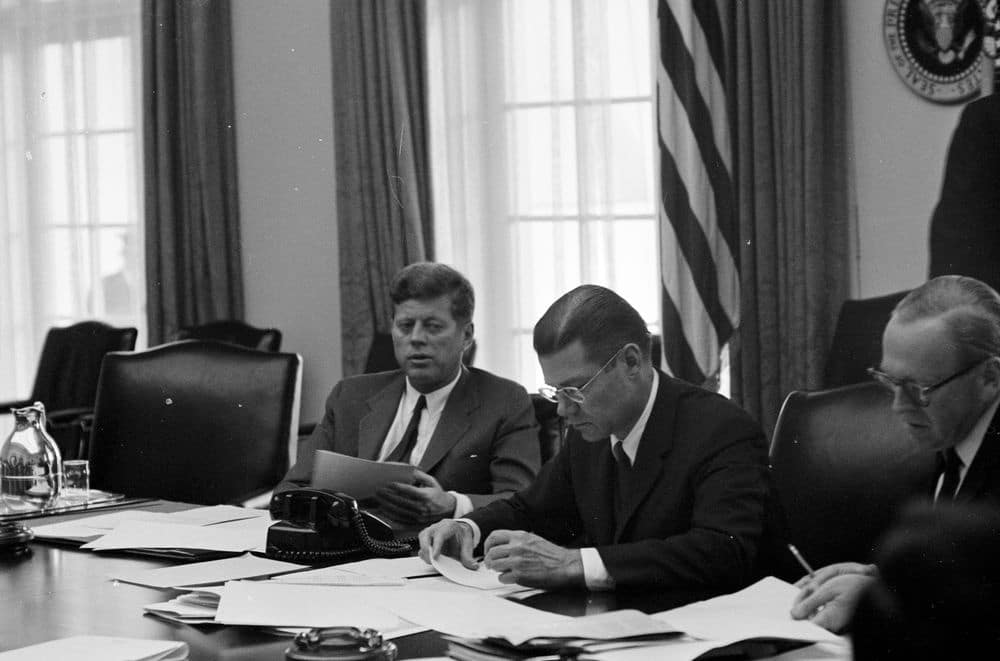
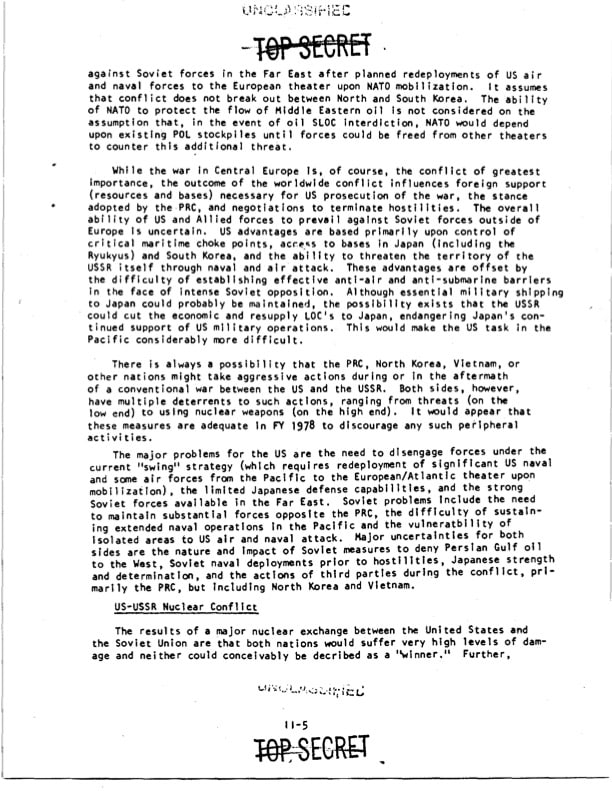
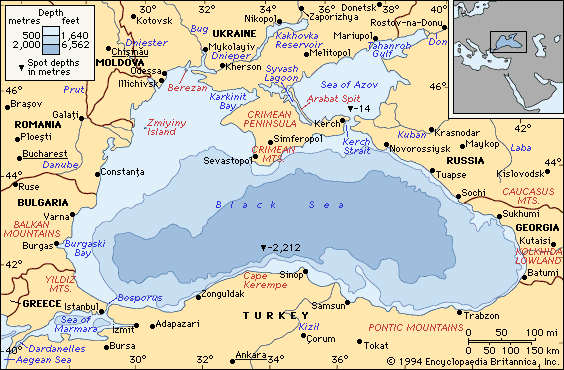
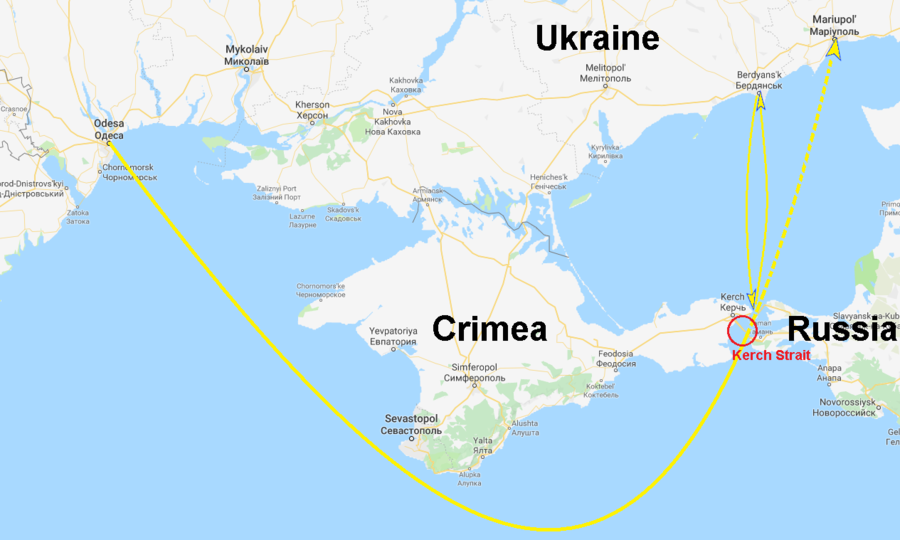

 The Worldwide Corona Crisis, Global Coup d’Etat Against Humanity
The Worldwide Corona Crisis, Global Coup d’Etat Against Humanity


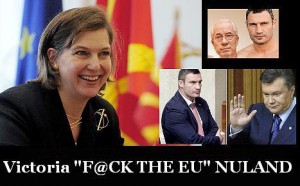

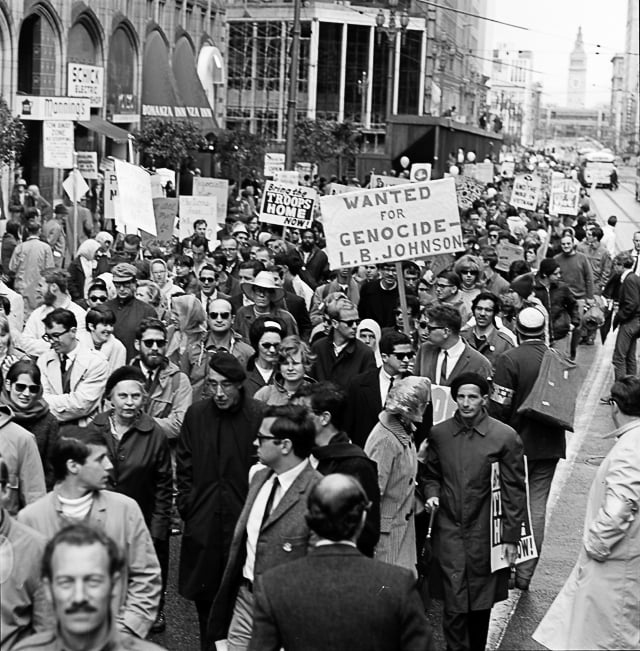
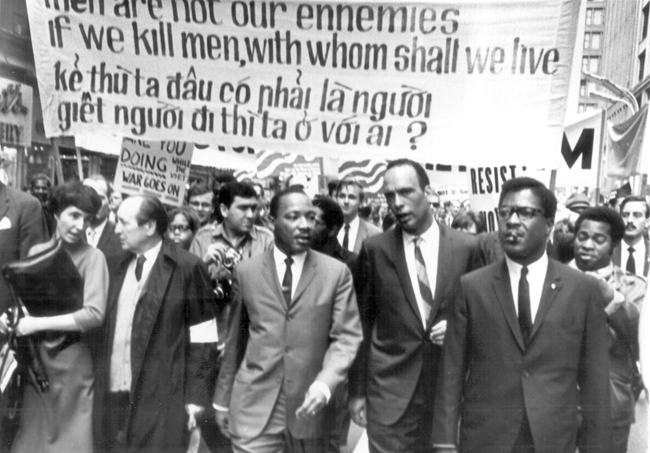



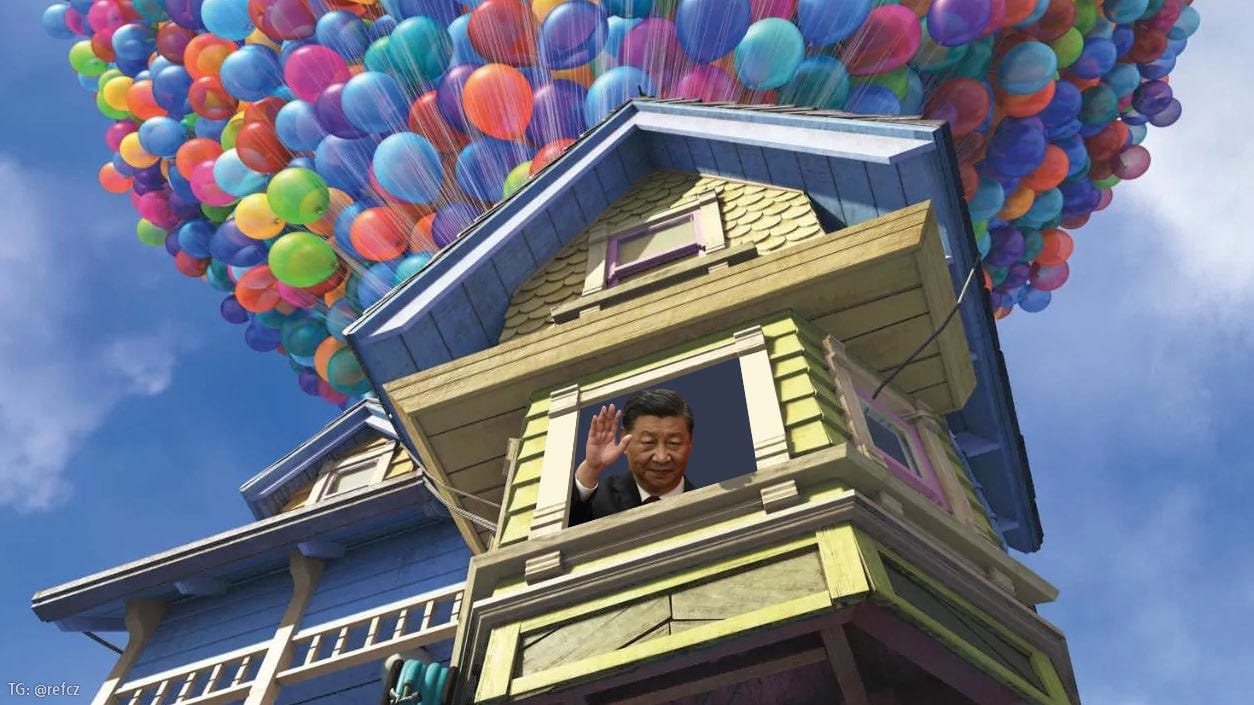
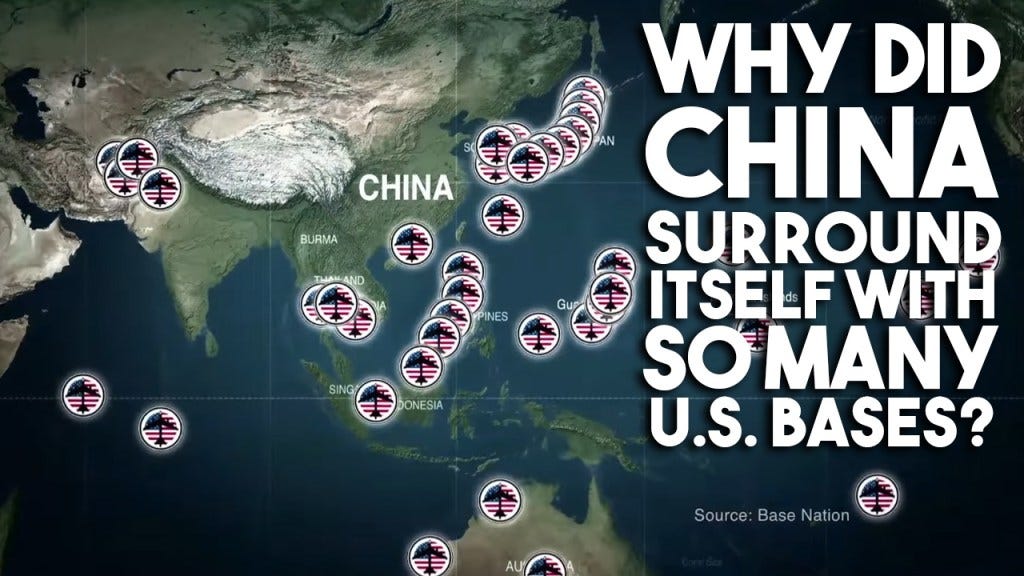
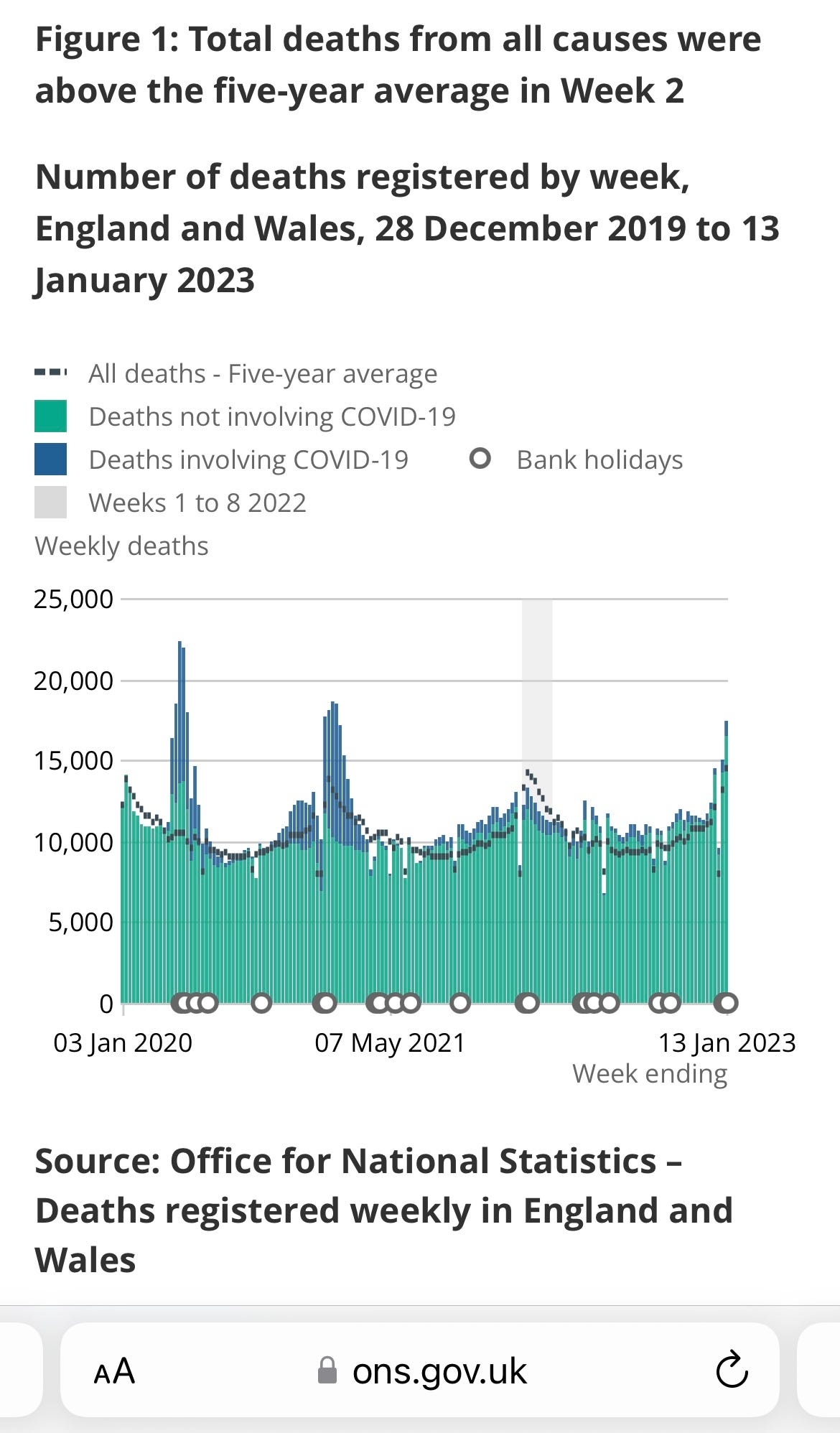





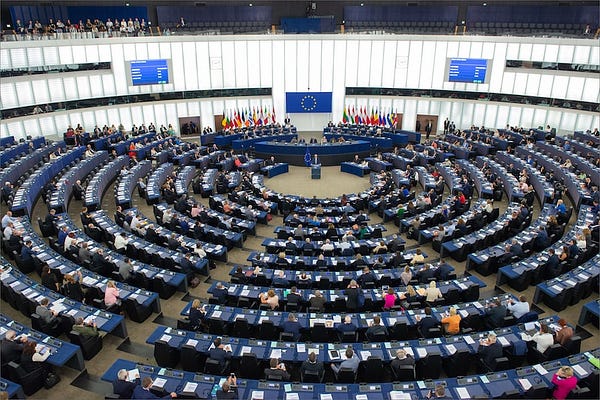





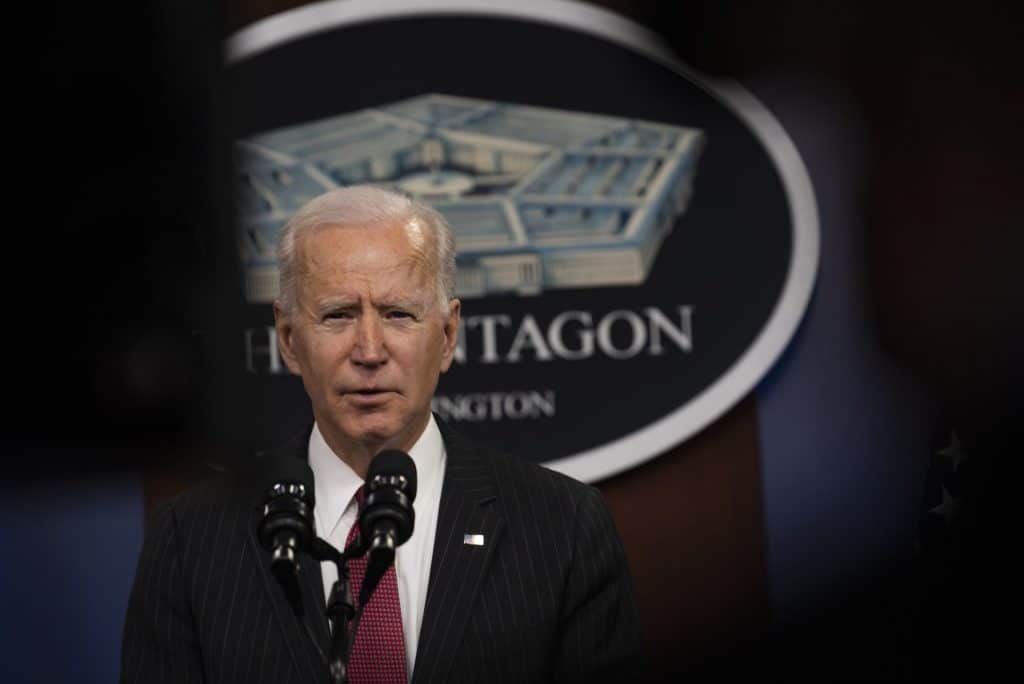
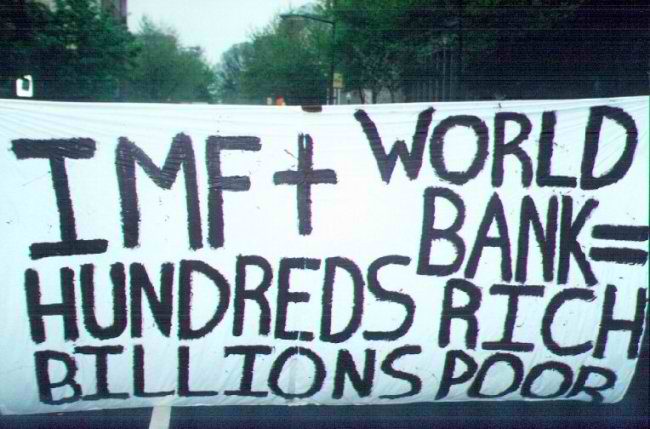

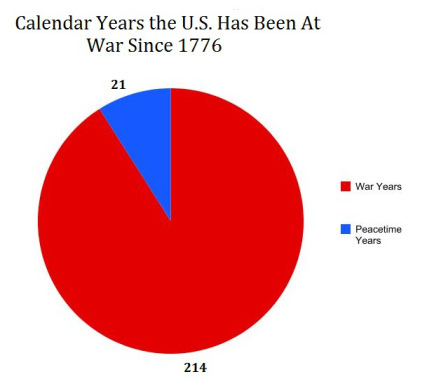
 The federal governments on both sides of the Canada-US border continue to attack the proponents of a working class movement that won global headlines in mid-winter 2022. The Truckers did not “blockade the Canadian capital” as Cohen alleges. Rather the leadership of the Trucker’s movement responded assertively in good democratic fashion to a wrongheaded set of COVID policies.
The federal governments on both sides of the Canada-US border continue to attack the proponents of a working class movement that won global headlines in mid-winter 2022. The Truckers did not “blockade the Canadian capital” as Cohen alleges. Rather the leadership of the Trucker’s movement responded assertively in good democratic fashion to a wrongheaded set of COVID policies.





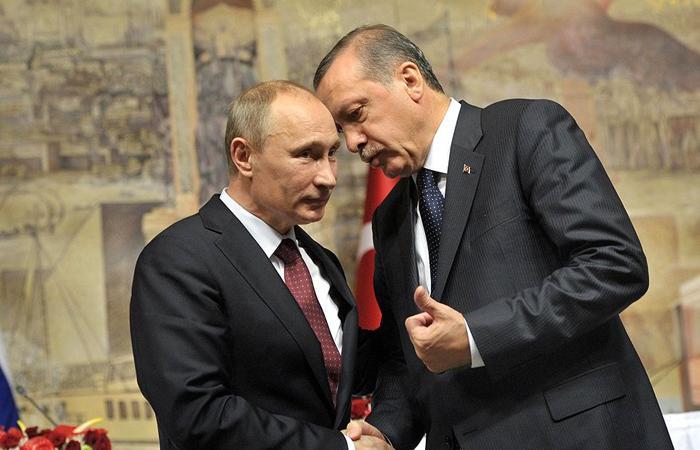

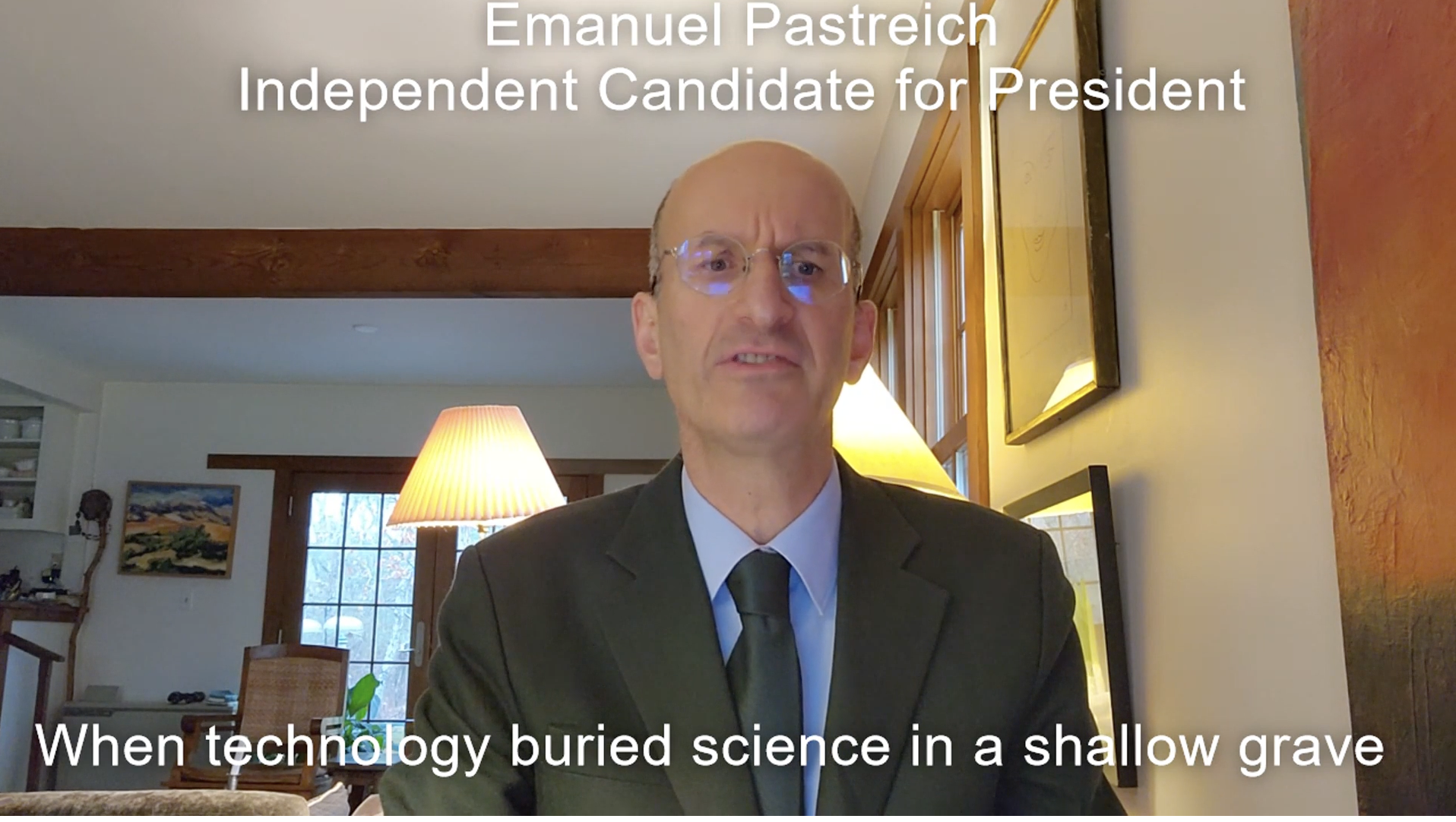
 At the outset of 2023, its Global Debt worldwide, included the following:
At the outset of 2023, its Global Debt worldwide, included the following: